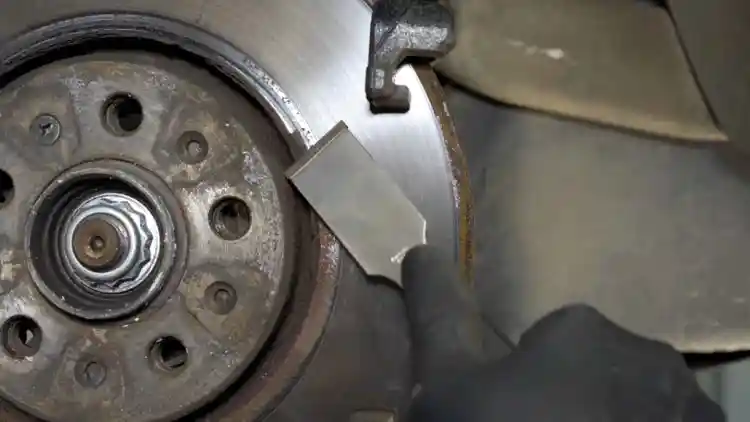- What Is Odometer Rollback?
- Why Is It Important to Check It?
- How to Detect Odometer Rollback?
- Is An Odometer-Rollbacked Car Worth Buying?
- What to do if you bought a car with odometer fraud?
- Final Thoughts: Your Best Defence is Diligence
Welcome to the ultimate guide on one of the most deceptive practices in the used car market: odometer rollback fraud. Here in the GCC, where the sun is strong and the roads are long, a car's mileage is more than just a number—it’s a critical indicator of its health, value, and future reliability. Whether you're eyeing a rugged Nissan PatrolUAE Nissan PatrolKSA Nissan PatrolKuwait Nissan PatrolQatar Nissan PatrolBahrain Nissan PatrolOman Nissan PatrolEgypt Nissan Patrol for desert adventures or a sleek BMW 5 SeriesBahrain BMW 5 SeriesEgypt BMW 5 SeriesKSA BMW 5 SeriesKuwait BMW 5 SeriesOman BMW 5 SeriesQatar BMW 5 SeriesUAE BMW 5 Series for cruising down Sheikh Zayed Road, understanding how to spot a "clocked" car can save you thousands of Riyals and a world of headaches.
As a seasoned advisor in the Middle East's automotive scene, I've seen it all. I’ve seen buyers get incredible deals on honest, high-mileage cars, and I've seen others fall into the trap of a shiny exterior hiding a worn-out soul. This article is your defence. We'll dive deep into what odometer rollback is, why it's a massive red flag, and most importantly, give you the practical, actionable steps to detect it before you commit.
Let's get started.
What Is Odometer Rollback?
At its core, odometer rollback—also known as "clocking" or odometer fraud—is the illegal act of manually or digitally altering a vehicle's mileage reading to make it appear as though it has travelled fewer kilometres than it actually has. The motivation is simple and sinister: greed. A lower mileage figure artificially inflates a car's perceived value, allowing a dishonest seller to charge a significantly higher price.
This isn't a new problem, but the methods have evolved.
From Mechanical to Digital Deception
In the era of classic cars, odometers were mechanical. They consisted of a series of rotating cogs that would turn over with every kilometre driven. To roll one back, a scammer would need to physically access the instrument cluster, dismantle it, and manually turn the numbers back. While effective, this process often left tell-tale signs, like misaligned numbers, scratches on the cluster face, or broken plastic clips—clues a keen eye could spot.
Today, the game has changed. Modern vehicles use digital odometers, which display the mileage on an LCD or OLED screen. The data isn't stored in mechanical cogs but within the car's electronic brain—specifically, in various Engine Control Units (ECUs) and computer modules. To alter this, fraudsters use sophisticated, and often illicit, software and hardware that plugs directly into the car's On-Board Diagnostics (OBD-II) port. This "mileage correction tool" can rewrite the data stored in the primary memory chip of the instrument cluster.
However, this is where it gets interesting for those of us trying to catch them. In many modern cars, especially premium German brands like Mercedes-Benz and BMWUAE BMWEgypt BMWOman BMWBahrain BMWKuwait BMWQatar BMWKSA BMW, or even well-equipped Japanese models from LexusUAE LexusKSA LexusKuwait LexusQatar LexusOman LexusBahrain LexusEgypt Lexus and Infiniti, the mileage data isn't just stored in one place. It's often recorded and cross-referenced in multiple modules, including:
The Engine Control Unit (ECU)
The Transmission Control Unit (TCU)
The ABS/Traction Control Module
The Body Control Module (BCM)
Even the electronic key fob!
A lazy or amateur scammer might only change the display on the main dashboard cluster. A professional technician with the right diagnostic tool, however, can often interrogate these other modules and find a glaring discrepancy. This is a critical vulnerability in the fraudster's plan.
Why It's Prevalent in the GCC Market
The GCC used car market is dynamic and vast, with a high turnover of vehicles. This environment, combined with a few key factors, can make it a fertile ground for odometer fraud. A 2018 Toyota Land CruiserUAE Toyota Land CruiserKuwait Toyota Land CruiserQatar Toyota Land CruiserOman Toyota Land CruiserBahrain Toyota Land CruiserEgypt Toyota Land CruiserKSA Toyota Land Cruiser GXR showing 90,000 km might command a price of SAR 180,000, while the same vehicle with an honest 250,000 km might struggle to fetch SAR 130,000. That SAR 50,000 difference is a powerful incentive for a scammer to invest a few hundred riyals in a rollback service. The desire for "low-mileage, like-new" vehicles is strong, and fraudsters exploit this demand mercilessly.
Why Is It Important to Check It?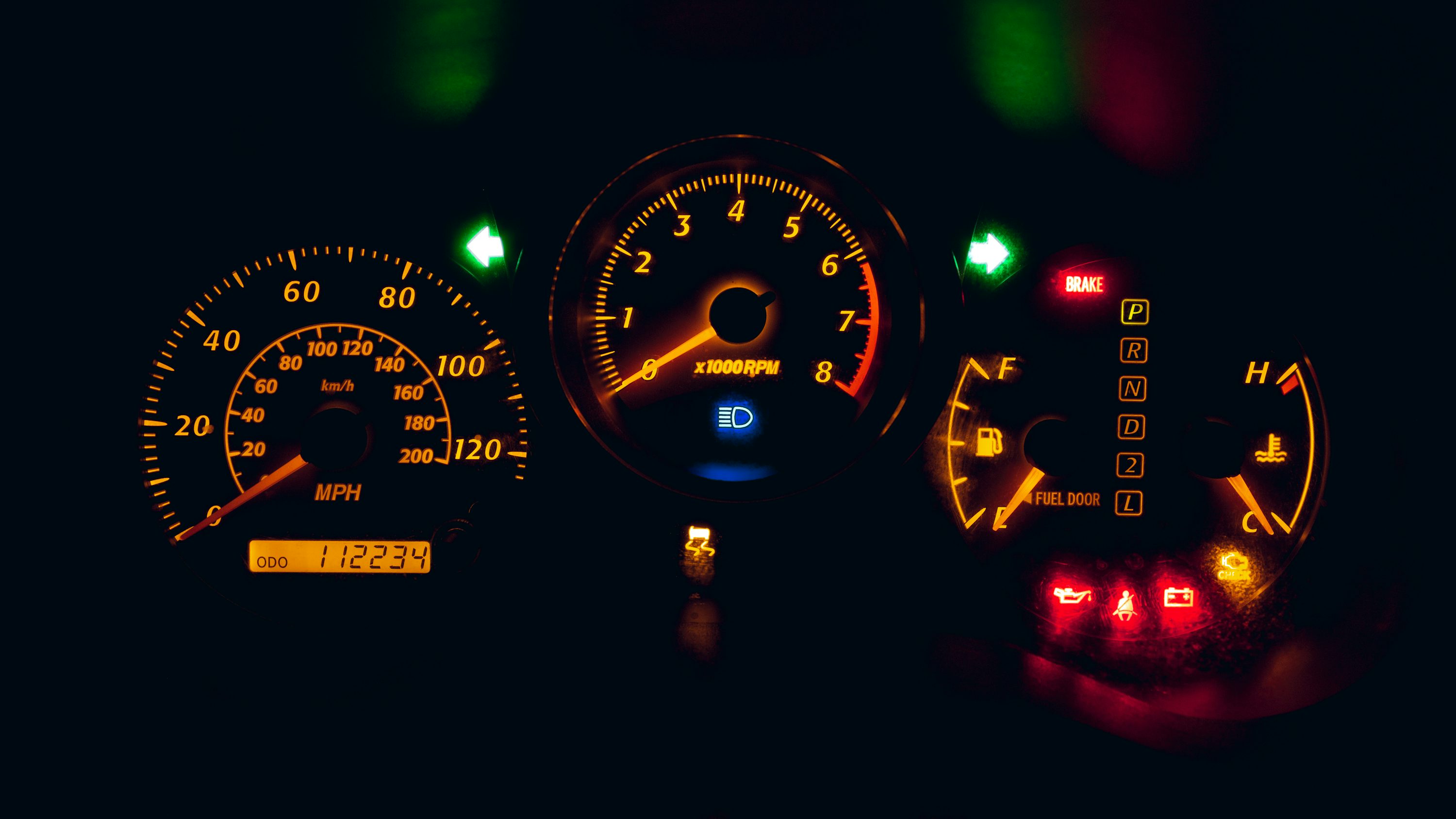
Discovering that a car's odometer has been tampered with goes far beyond the simple frustration of being overcharged. It's a critical issue that impacts your finances, your safety, and your peace of mind. Ignoring the possibility of a rollback is one of the costliest mistakes a used car buyer in Saudi Arabia or the UAE can make. Let's break down the severe consequences.
The Obvious Financial Hit
This is the most direct impact. You pay a premium for a car that simply isn't worth it. Let's use another real-world example. Imagine you're in the market for a used 2019 Lexus ES 350. You find two examples:
Car A: Shows 70,000 km on the clock. The seller is asking for SAR 155,000. The interior looks clean.
Car B: Shows 180,000 km. The seller is asking for SAR 115,000. It's mechanically sound but shows its age.
You opt for Car A, believing you're getting a much newer, less-used vehicle for a fair price. Six months later, you discover its true mileage was closer to 200,000 km. You haven't just overpaid by SAR 40,000; you now own a car that is fundamentally worth less than Car B. When you decide to sell it, you'll either have to pass on the lie (making you a fraudster) or disclose the truth and suffer a massive financial loss. Your investment has evaporated.
The Hidden Safety & Reliability Crisis
This is where odometer fraud becomes truly dangerous. A car's maintenance schedule is meticulously designed by its manufacturer and is based entirely on mileage and time. Critical safety and reliability components are meant to be inspected, serviced, or replaced at specific intervals.
Consider the timing belt or timing chain. On many engines, this component is due for replacement around 150,000 km. If it fails, it can cause catastrophic engine damage, leading to a complete engine rebuild or replacement—a repair that can cost upwards of SAR 25,000 on some vehicles. If your car's odometer reads 80,000 km but its engine has actually done 170,000 km, you are driving a ticking time bomb without knowing it.
Other critical components tied to mileage include:
Suspension System: Shock absorbers, control arm bushings, and ball joints wear out over time. A car with 200,000 real kilometres will have significantly more wear than one with 80,000 km. Worn suspension compromises handling, braking, and stability, especially during emergency manoeuvres.
Transmission Fluid: Meant to be changed at specific intervals to ensure smooth operation. A transmission running on old, degraded fluid is at high risk of premature failure.
Braking System: While pads and rotors are regular wear items, components like the master cylinder and brake lines have a longer but finite lifespan.
Fuel Pump and Water Pump: These are essential for engine operation and are common failure points on higher-mileage vehicles.
When you buy a clocked car, you inherit a complete unknown. You have no accurate baseline for maintenance, turning vehicle ownership into a stressful and expensive game of "what will fail next?"
The Maintenance Nightmare
Beyond the big-ticket safety items, a high-mileage car simply has more wear and tear on every single part. The alternator, starter motor, radiator, air conditioning compressor, and countless sensors are all closer to the end of their operational life.
On a robust vehicle like a ToyotaUAE ToyotaKSA ToyotaKuwait ToyotaQatar ToyotaOman ToyotaBahrain ToyotaEgypt Toyota Prado, this might mean a string of inconvenient but manageable repairs. On a more complex vehicle, like a Range Rover or a high-end Mercedes, this can be financially crippling. The failure of an air suspension component or a complex electronic module can easily lead to a five-figure repair bill at the dealership. A car that seemed like a bargain quickly becomes a money pit, all because its history was erased. This is why a comprehensive used car inspection is not a recommendation; it's a necessity.
How to Detect Odometer Rollback?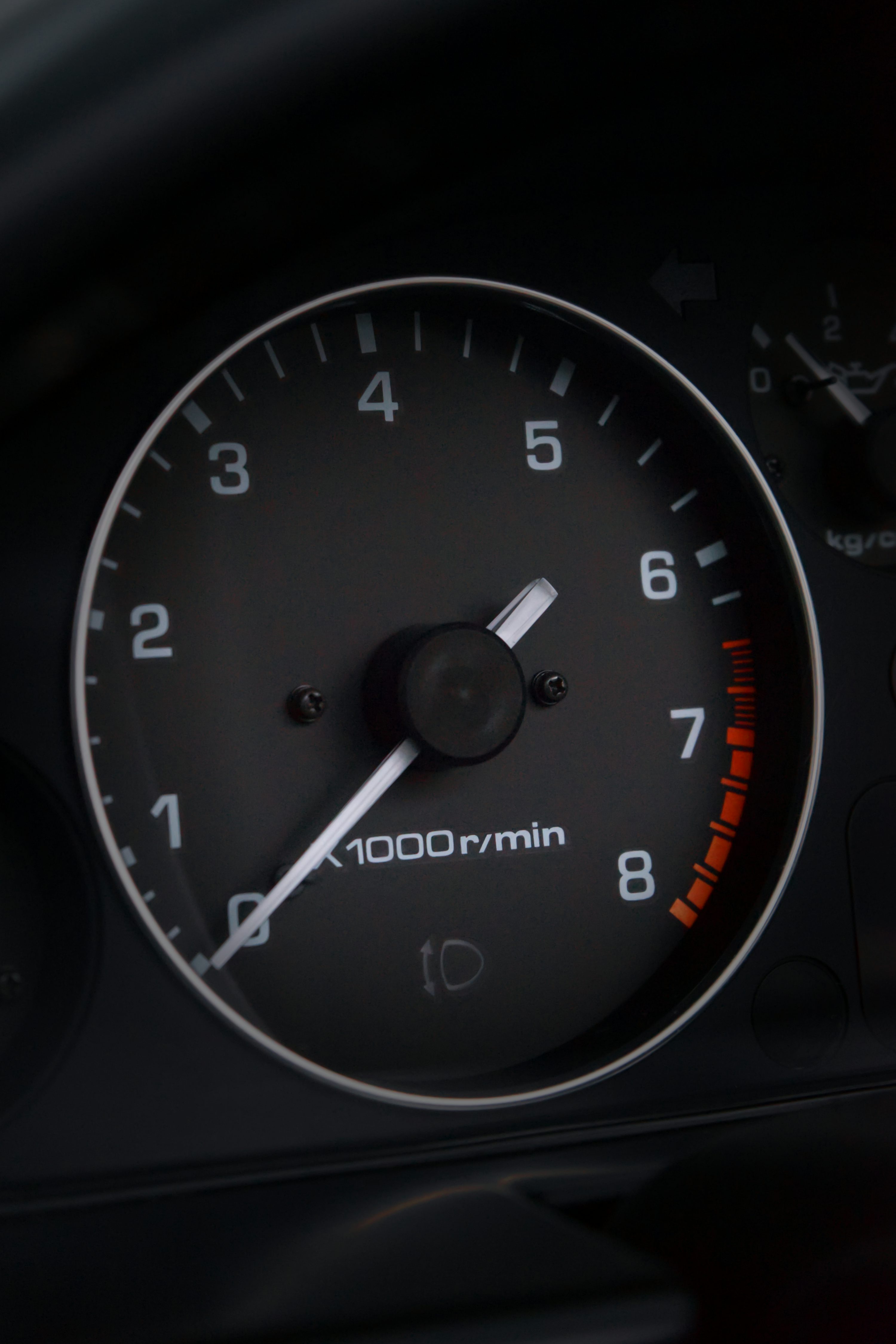
Now for the crucial part: how do you, the buyer, become a detective and uncover the truth? There is no single magic bullet. Instead, you must use a combination of documentation, physical inspection, and professional assessment. Think of it as building a case. The more evidence you gather, the clearer the picture becomes.
H3: The Paper Trail: Documentation and History Reports
Before you even see the car, your investigation should begin with the paperwork. A legitimate seller with nothing to hide should be transparent here.
Official Vehicle History Reports: This is your number one weapon. In Saudi Arabia, the government's Mojaz service is an invaluable tool. For a small fee, it provides a report detailing registration history, accident records, last inspection mileage, and owner history. If a car was registered in 2021 with 90,000 km and is now being sold in 2023 with 80,000 km, you've caught the fraud red-handed. For cars imported from the US, a CarFax or AutoCheck report is essential.
Official Service History: Ask for the vehicle's service booklet and maintenance invoices, especially from official dealerships (e.g., Al Futtaim Motors for Toyota, SAMACO for Audi/VW) or well-known independent specialists. Scrutinize these documents.
Check for Consistency: Do the mileage readings on the invoices increase logically over time?
Look for Gaps: A car with a full service history up to 150,000 km, followed by a two-year gap and now showing 95,000 km, is a massive red flag.
Verify the Service Center: Don't be afraid to call the service center listed on an invoice to verify the work was done and confirm the mileage they have on record.
H3: The Physical Inspection: Reading the Car's Story
A car's condition tells a story that can't be easily erased. The key is to look for a mismatch between the mileage shown on the dash and the physical wear and tear. A car with a supposed 60,000 km should feel and look nearly new.
Interior Wear: This is often the biggest giveaway.
Steering Wheel: A low-mileage car's steering wheel should have a matte, textured finish. A shiny, smooth, or worn-through leather wheel suggests hundreds of thousands of kilometres of use.
Driver's Seat: Look at the side bolster on the driver's seat (the part you slide over to get in). Is it flattened, cracked, or torn? This level of wear is inconsistent with low mileage.
Pedals: Check the rubber on the brake, clutch (if manual), and accelerator pedals. Are they worn smooth? A brand new set of pedal covers on an otherwise worn interior is also suspicious.
Buttons and Switches: Look at high-traffic buttons like the window controls, AC fan speed, volume knob, and gear selector. Are the symbols and text worn off? This happens from extensive use, not from sitting in a garage.
Exterior Clues:
Front End: A car that's done a lot of highway driving will have numerous small stone chips on the front bumper, hood, and windscreen. A pristine front end on a car with supposed high mileage might indicate a recent respray (perhaps to hide accident damage), while an excessively chipped front end on a "low-mileage" car suggests the opposite.
Tires: Check the DOT code on the tires to see when they were manufactured. If a car showing 40,000 km has brand new, budget-brand tires, it could be a sign the seller replaced the completely worn-out original set just to make a sale. Also, check for uneven tire wear, which can point to worn suspension components common on high-mileage vehicles.
H3: The Mechanical Tell-Tale Signs and Professional Help
This is where you call in the experts. A Pre-Purchase Inspection (PPI) from a reputable, independent workshop is the single best investment you can make when buying a used car. It might cost you SAR 300-700, but it can save you tens of thousands.
The Diagnostic Scan: A skilled technician will use an advanced diagnostic scanner (not a cheap code reader) to communicate with the car's various computer modules. As mentioned earlier, they can often pull mileage data from the ECU, TCU, and other systems. If the mileage in the ABS module reads 210,450 km while the dashboard proudly displays 85,200 km, the case is closed. This is the closest thing to a smoking gun you can get.
Under the Hood Assessment: An experienced mechanic can spot signs of high mileage that an amateur would miss. They'll look for excessive oil leaks, recent replacement of parts that typically last 150,000+ km (like an alternator or radiator), and the general condition of belts, hoses, and engine mounts.
Is An Odometer-Rollbacked Car Worth Buying?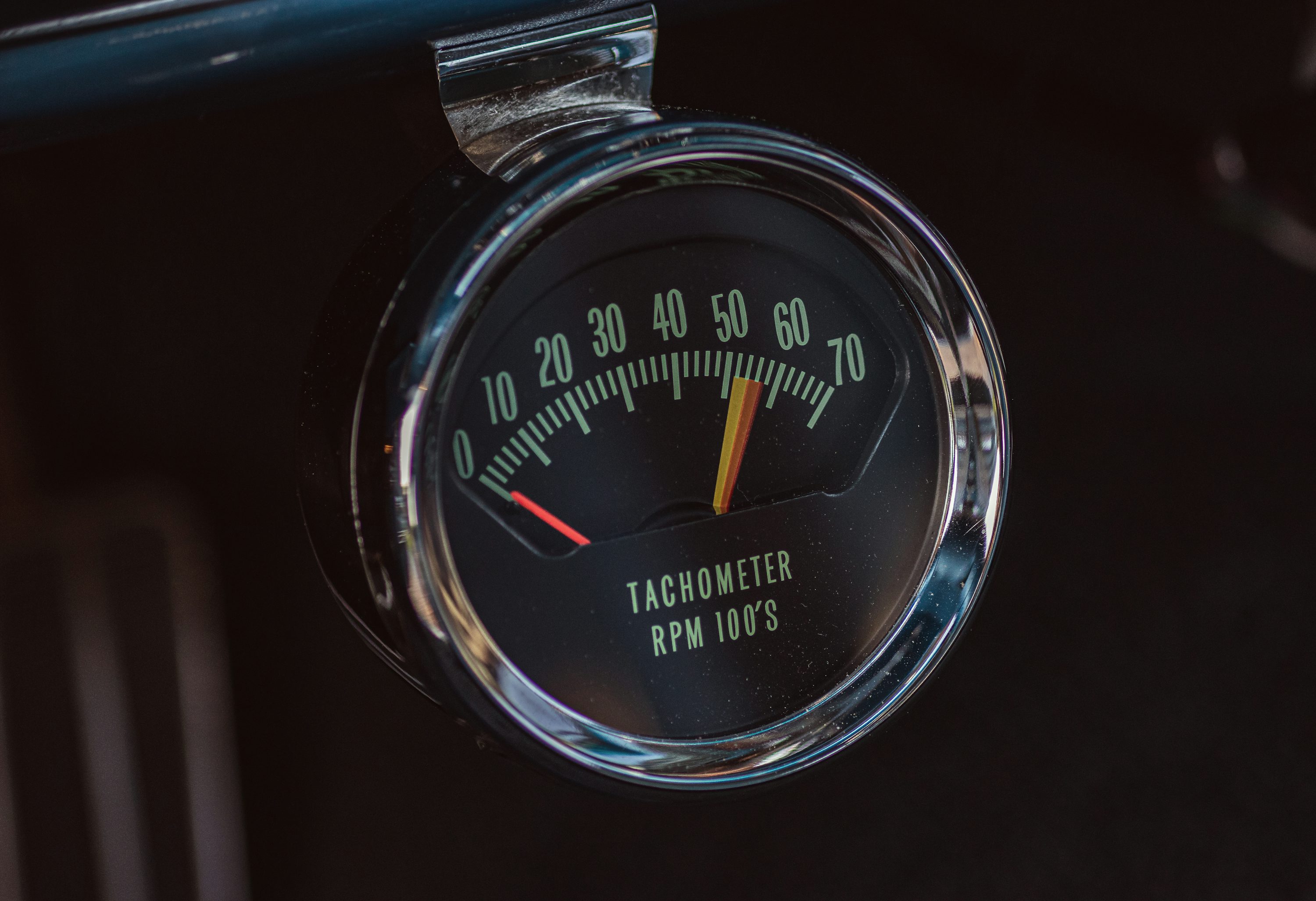
This is a question I get asked surprisingly often. A buyer might find a car they love, discover the rollback, but the seller offers a steep discount to "make it right." It’s tempting. So, should you ever consider it?
My professional advice, in 99.9% of cases, is an emphatic and unequivocal NO.
The foundation of any successful transaction is trust. The moment you discover the odometer has been tampered with, that trust is irrevocably broken. The seller has deliberately attempted to deceive you for financial gain. This single act of dishonesty should make you question everything else about the car.
If they lied about the mileage, did they also lie about the major accident it was in last year?
Did they lie about its service history?
Are they hiding a recurring mechanical or electrical fault that they couldn't fix?
Buying a clocked car is not like buying an honest high-mileage car. An honest high-mileage car comes with a history; you know what you're getting into. You can price it accordingly, plan for future maintenance, and make an informed decision. A clocked car is a complete mystery box filled with potential disasters. You have no idea what maintenance is due, what parts are on the verge of failure, or what its true history is.
The Problem of the "Too Good to Be True" Discount
Let's play out the scenario. The seller of that Lexus ES 350 with the faked 70,000 km gets caught. He panics and says, "Okay, you're right. Its real mileage is 200,000 km. I'll sell it to you for SAR 100,000." This might seem like a great deal—SAR 15,000 below the market rate for an honest 180,000 km example.
But the risk you are taking on is not worth the discount. You are still buying a car from a proven liar. Furthermore, you are inheriting the problem. When it's your turn to sell the car in a few years, you will be in the exact same position. You'll have to explain to every potential buyer that the odometer reading is meaningless, instantly scaring off most of them and drastically reducing your car's value and saleability. The stigma of the rollback follows the car forever.
The Only, Extremely Rare, Exception
Is there ever a scenario where it might be okay? Perhaps, but it's a unicorn. It would have to be a situation where a seller (perhaps a dealer who took it on a trade-in) discovers the rollback themselves, is completely transparent about it from the very beginning, has a full professional report documenting the true mileage, and prices the car well below the market rate for its true mileage to compensate for the stigma.
Even then, you would need an iron-clad PPI confirming the car is in exceptional mechanical health. For the vast majority of buyers, the answer remains the same: walk away. There are thousands of honest cars for sale in the GCC. Don't waste your time and money on a dishonest one. A well-maintained 200,000 km Toyota Camry is infinitely better than a clocked one showing 90,000 km.
What to do if you bought a car with odometer fraud?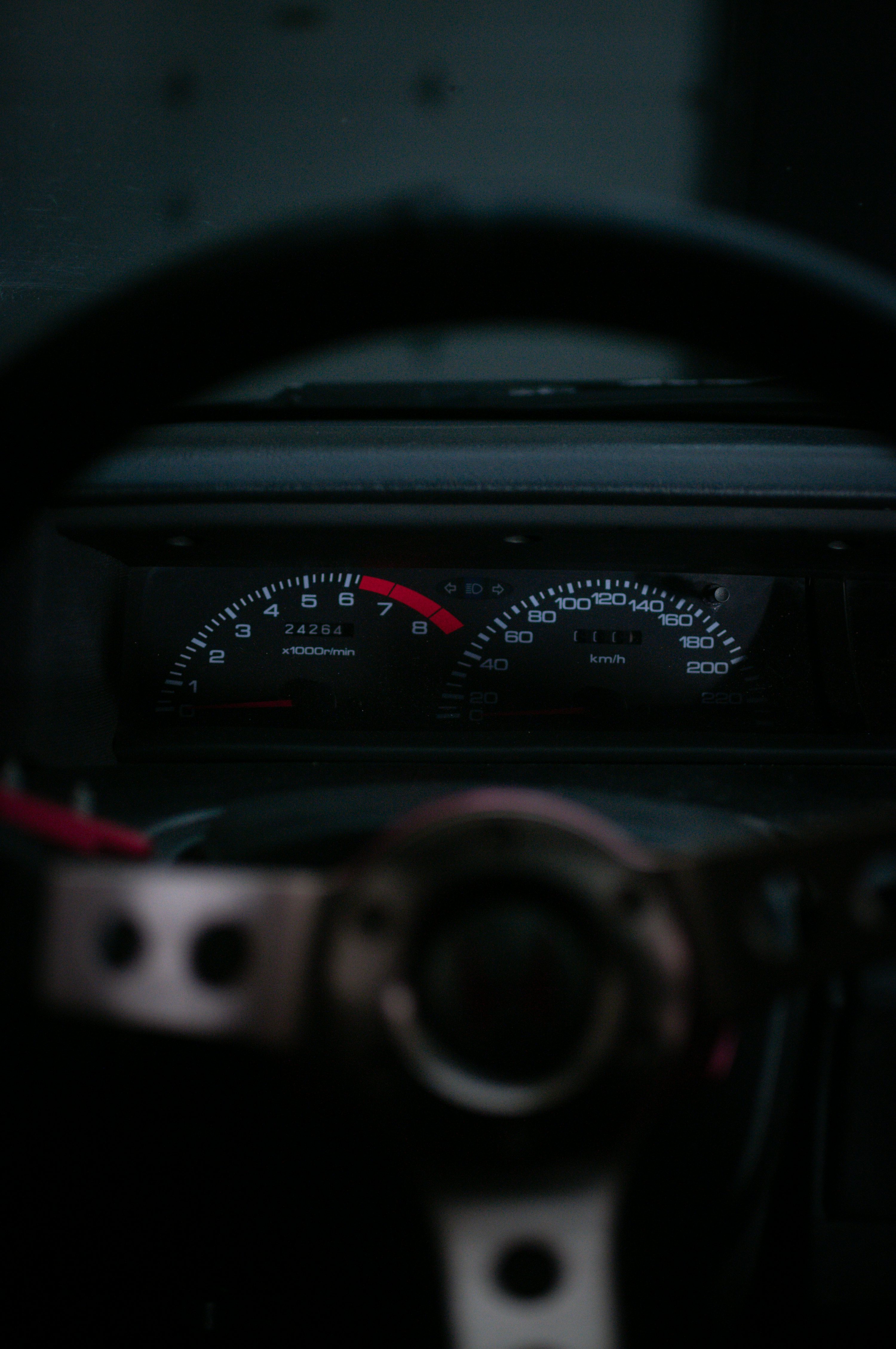
This is a terrible situation to be in, but if you suspect or have confirmed that you're a victim, it's important to act methodically and not out of pure emotion. Taking the right steps can increase your chances of a resolution.
Step 1: Confirm and Document Everything
Your first move is to get undeniable proof. Your suspicion is not enough.
Get a Professional Report: Take the car to an official brand dealership or a highly reputable, certified inspection center (like those approved by Tasjeel or other authorities). Ask them to perform a full diagnostic scan and specifically request they check for mileage data in all available computer modules. Get a printed, signed report from them that documents the discrepancy. This is your most powerful piece of evidence.
Gather All Purchase Documents: Collect every piece of paper and digital communication related to the sale. This includes the sales contract (Mubayaa), the original advertisement (a screenshot is perfect), and any WhatsApp or email messages where the seller mentioned the car's mileage or condition.
Step 2: Contact the Seller (Calmly)
Your approach here is critical. While you may be furious, starting with accusations and threats can make the seller defensive and uncooperative.
Initiate Contact: Call or meet with the seller. Start by stating that you've had the car professionally inspected and have discovered a serious issue.
Present Your Evidence: Calmly show them the report from the inspection center documenting the true mileage. Show them the original ad where the false mileage was listed.
State Your Desired Outcome: Clearly state what you want. The most reasonable outcome is a full refund in exchange for returning the car. You could say, "The car was sold under false pretenses. This is commercial fraud. I would like to return the car and receive a full refund of SAR [Purchase Price]." A partial refund is another option, but it still leaves you with the problematic car.
In some cases, especially if you bought from a used car dealership with a reputation to protect, they may agree to unwind the deal to avoid legal trouble and public scandal. If you bought from a private individual, this can be much harder.
Step 3: Escalate to Official Authorities
If the seller refuses to cooperate, your next step is to file a formal complaint. The GCC countries have consumer protection bodies to handle exactly these kinds of disputes.
In Saudi Arabia: You can file a complaint with the Ministry of Commerce. They have a robust system for handling commercial fraud and consumer rights issues. You can often do this via their app or website.
In the UAE: You can approach the Department of Economic Development (DED) in the respective emirate (e.g., Dubai Economy) or the Ministry of Economy.
File Your Complaint: Submit all your evidence: the sales contract, the inspection report, screenshots of the ad, and a summary of your communication with the seller. Be factual and precise.
These government bodies will investigate the claim and can compel the seller to provide a resolution.
Step 4: Consider Legal Action
For high-value vehicles or if the authorities are unable to force a resolution, consulting with a lawyer who specializes in commercial law is your final option. They can advise you on the strength of your case and the process of taking the matter to court. Be aware that this can be a lengthy and expensive process, so it should be considered a last resort.
It's a tough road, but you have rights as a consumer. The key is to act, not to suffer in silence. And whatever you do, do not try to sell the car to someone else without disclosing the rollback. That makes you just as guilty as the person who scammed you.
Final Thoughts: Your Best Defence is Diligence
Navigating the used car market in the Middle East can be incredibly rewarding. You can find fantastic, well-maintained vehicles that offer incredible value. But the risk of fraud, especially odometer rollbacks, is real and requires you to be vigilant.
Remember the golden rule: If a deal seems too good to be true, it almost certainly is. A 2020 Nissan Patrol Platinum with only 30,000 km priced the same as one with 120,000 km should set off every alarm bell in your head.
Your defence strategy is a simple, three-pronged attack:
Documentation: Always start with a Mojaz (in KSA) or other vehicle history report and scrutinize all service records.
Inspection: Conduct a thorough physical inspection of the car's wear and tear, looking for inconsistencies.
Professional Assessment: Never, ever skip a comprehensive Pre-Purchase Inspection (PPI) from a trusted, independent mechanic with advanced diagnostic tools.
By arming yourself with knowledge and employing a healthy dose of skepticism, you shift the power back into your hands. You can confidently identify the honest sellers, sidestep the scammers, and drive away in a car that is safe, reliable, and genuinely worth your hard-earned money. Happy driving






